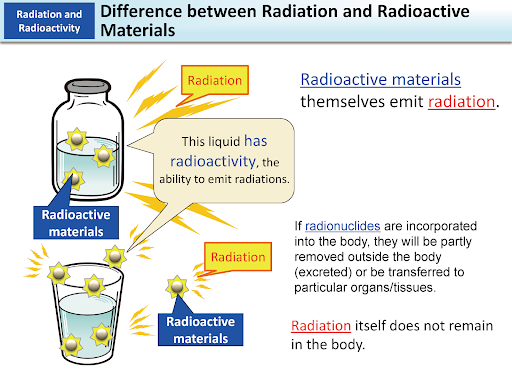In news-Authorities in Austarlia have recovered a tiny radioactive capsule, smaller than a coin, lost in Country’s vast Outback.
About the capsule-
- The Caesium-137 capsule lost in transit was discovered when a vehicle equipped with specialist detection equipment picked up the radiation, despite travelling at around 70 km/h.
- The search team then used portable detection equipment to find the capsule, which was located about 2 metres from the side of the road in a remote area far from any community.
- The radioactive capsule was part of a gauge used to measure the density of iron ore feed from Rio Tinto’s Gudai-Darri mine.
- Located in the northern reaches of Western Australia, the recently opened mine is one of the most advanced in the world, with a high degree of automation.

- The biggest danger was that the capsule would be picked up by some unsuspecting person.
- This would not only endanger the person but potentially endanger their community as they went around, presumably with the capsule in their pocket.
- Radioactive materials like Caesium-137 produce beta and gamma radiation, both of which are harmful for humans.
- When exposed to them, short term risks include that of radiation poisoning (which can be deadly) whereas in the long term, it can also be a cause of cancer and damage human DNA.
- Radionuclides (or radioactive materials) are a class of chemicals where the nucleus of the atom is unstable.
- They achieve stability through changes in the nucleus (spontaneous fission, emission of alpha particles, or conversion of neutrons to protons or the reverse).
- This process is called radioactive decay or transformation, and often is followed by the release of ionizing radiation (beta particles, neutrons, or gamma rays).
















